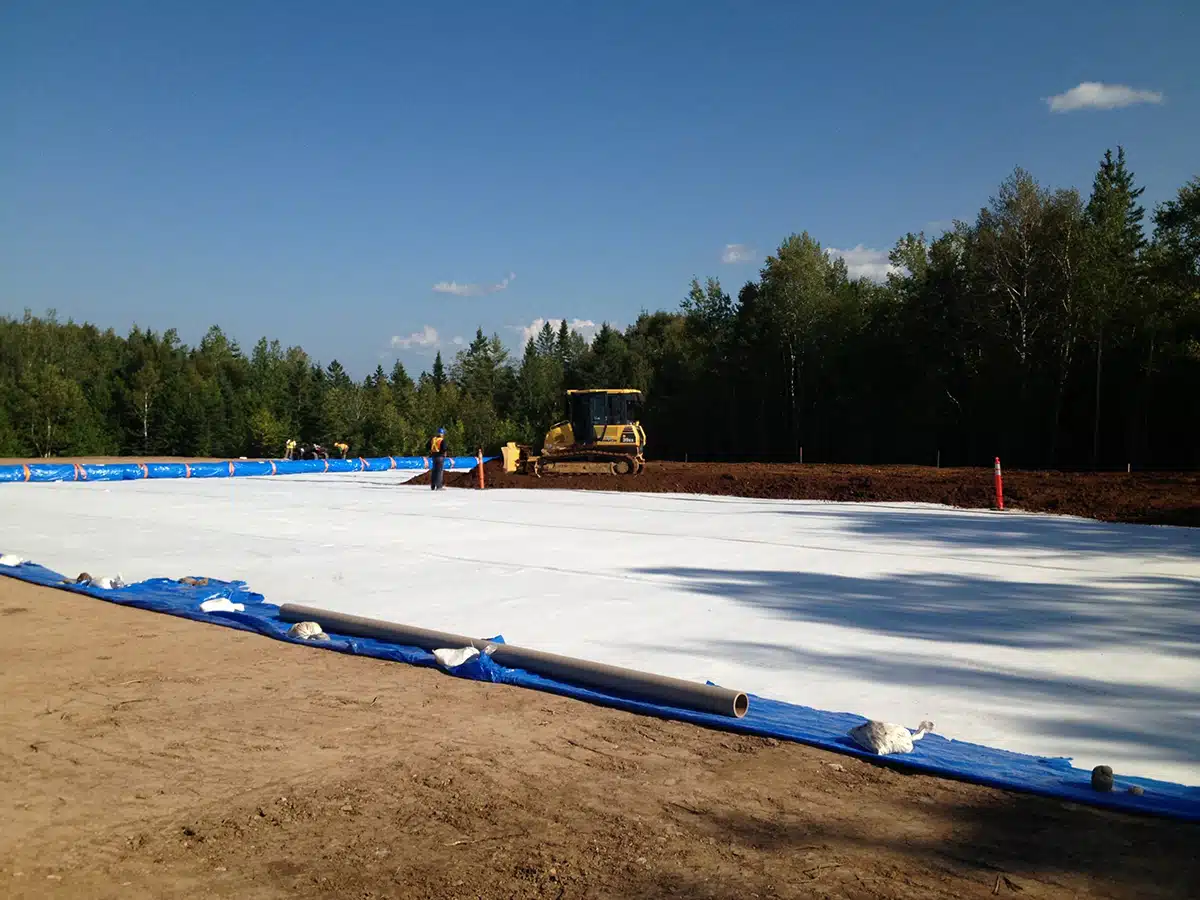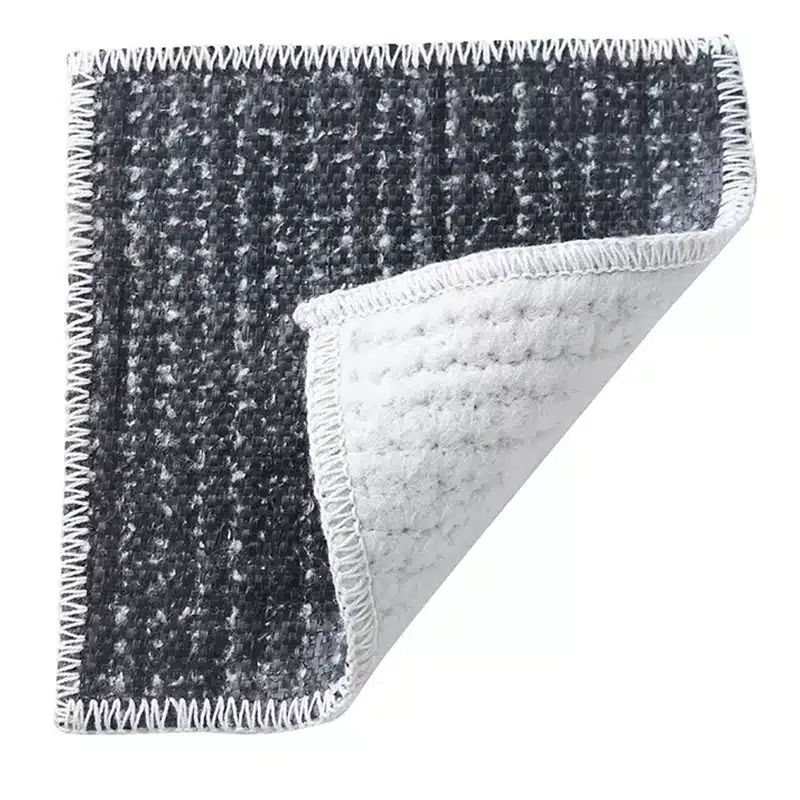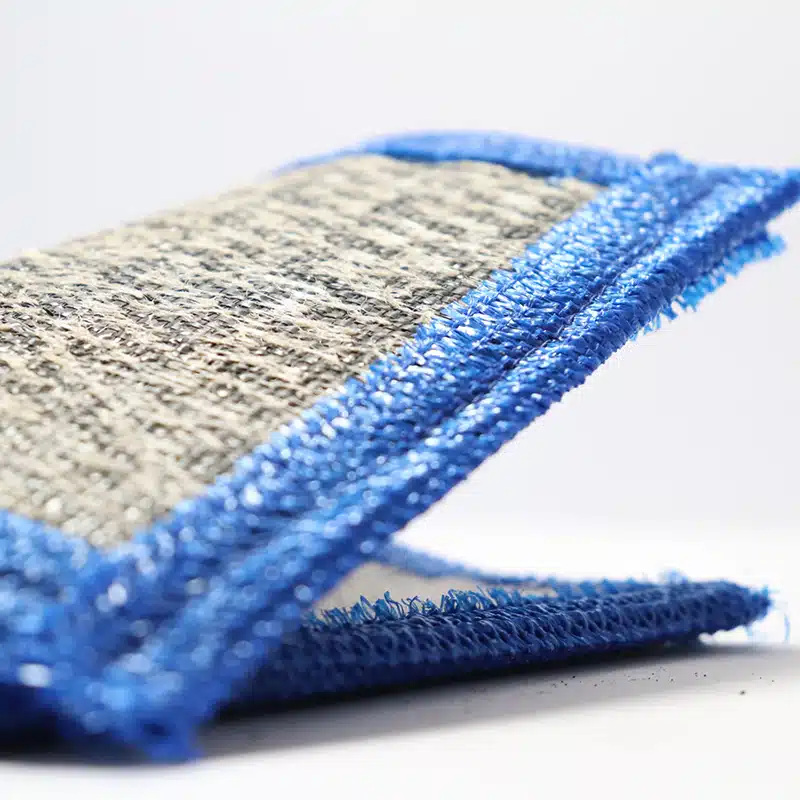+86-159 9860 6917
info@geofantex.com
geofantex@gmail.com
+86-400-8266163-44899
In the realm of environmental engineering and construction, the quest for sustainable and efficient materials has led to the innovation of geosynthetic clay liners (GCLs). These advanced barriers combine the natural sealing capabilities of clay with the durability and strength of geosynthetics, offering a plethora of advantages over traditional lining systems. This article delves into the purpose, benefits, and design aspects of geosynthetic clay liners, providing insights into why they are becoming the preferred choice for projects requiring effective containment solutions.

What is the purpose of a clay liner?
Clay liners are designed to act as barriers to prevent the migration of liquids, particularly leachate and contaminants, into the environment. Their primary purpose is to protect groundwater and surrounding ecosystems from pollution, a critical aspect in waste management facilities, landfills, and water containment projects. Specifically, they are employed to limit seepage from tailings impoundments and to cover solid waste disposal landfills, highlighting their versatility in environmental protection. By creating a low-permeability seal, clay liners effectively minimize the risk of soil and water contamination, ensuring the safety and sustainability of these sites.
Which is better: compacted clay liner or geosynthetic clay liner?
When comparing compacted clay liners (CCLs) with geosynthetic clay liners (GCLs), it’s essential to consider factors such as permeability, installation, cost, and environmental impact. GCLs present several significant advantages over CCLs, including:
- Lower Permeability: GCLs offer a more consistent low-permeability barrier. Unlike CCLs, whose effectiveness can be compromised by the variability in soil composition and the challenges of achieving uniform compaction, GCLs maintain their integrity under various conditions, providing a reliable seal against liquid migration.
- Ease of Installation: The lightweight nature of GCLs, combined with their prefabricated construction, makes them easier and quicker to install. They require less specialized labor, significantly reducing both the time and cost associated with their deployment. This contrasts with the labor-intensive process of laying and compacting CCLs, which demands more time and resources.
- Durability: The incorporation of geosynthetics within GCLs enhances their mechanical properties, making them more resistant to physical and chemical degradation. This durability ensures that GCLs maintain their performance over time, even under harsh environmental conditions, whereas CCLs may be more susceptible to damage and deterioration.
- Environmental Impact: GCLs are more environmentally friendly compared to CCLs. They utilize fewer natural resources and result in a lower carbon footprint during transportation and installation. The production and deployment of GCLs are more sustainable, especially when considering the significant volume of soil required for constructing CCLs, which also involves extensive excavation and transportation.
Overall, GCLs stand out as a superior option for projects requiring effective and efficient lining solutions, offering enhanced performance, sustainability, and cost-effectiveness.

What are the design aspects of geosynthetic clay liners?
The design of geosynthetic clay liners involves several critical aspects to ensure their effectiveness and longevity, including hydraulic conductivity, chemical stability, and strength parameters:
- Material Selection: Choosing the right type of bentonite clay and geotextile components is crucial for the specific environmental conditions and project requirements. This selection directly impacts the liner’s hydraulic conductivity, ensuring it meets the necessary low permeability standards, as well as its chemical stability, which is essential for maintaining performance in various chemical environments.
- Hydraulic Performance: The liner’s ability to maintain low permeability under varying conditions, including pressure and temperature changes, is vital. This aspect of hydraulic performance is closely related to the liner’s hydraulic conductivity, a key factor in its ability to effectively prevent liquid migration.
- Mechanical Properties: GCLs must withstand physical stresses, such as settlement, shear, and puncture, without compromising their integrity. These mechanical properties, including strength parameters, are essential for ensuring the liner’s durability and long-term performance, even under challenging conditions.
- Installation Considerations: Proper overlapping, sealing of joints, and protection from punctures during and after installation are essential for the liner’s performance. These practices are critical for maintaining the liner’s hydraulic conductivity and mechanical strength, ensuring that it remains an effective barrier throughout its service life.
By integrating considerations of hydraulic conductivity, chemical stability, and strength parameters into the design and selection of geosynthetic clay liners, engineers can ensure these systems provide reliable, long-lasting environmental protection.
What is a geosynthetic clay liner?
A geosynthetic clay liner is a well-accepted method of providing a clay/geotextile encapsulated product that combines a layer of bentonite clay, known for its natural sealing properties, with geotextiles or geomembranes. This innovative barrier system is engineered to provide a highly effective and durable low-permeability seal. GCLs are widely used in environmental protection applications, including landfill liners, mining leach pads, and water containment projects, offering an eco-friendly and cost-effective solution to traditional lining materials. Their design, which encapsulates the bentonite clay within geotextile fabrics, ensures consistent performance and reliability across a variety of applications, making them a preferred choice for projects requiring superior environmental protection.
Geosynthetic clay liners represent a significant advancement in containment technology, offering superior performance, environmental benefits, and cost savings over traditional clay liners. Their design and material innovations make them an ideal choice for a wide range of applications, ensuring long-term protection of natural resources and ecosystems. As the construction and environmental sectors continue to prioritize sustainability and efficiency, the advantages of GCLs position them as a key component in the future of environmental engineering.



Get Free Sample
We’ll respond as soon as possible(within 12 hours)






















